#6517
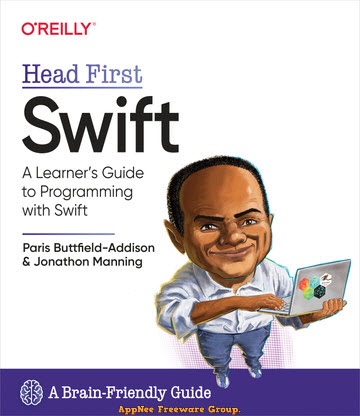
Head First Swift is a comprehensive guide for learning the Swift programming language. It offers an in-depth and thorough introduction to the Swift language, from writing basic functions to understanding more advanced concepts. Whether you're a beginner or an experienced programmer, this book is the perfect way to start programming in Swift.
Loading...
Loading...
Loading...
#5480
Maple is a general-purpose commercial computer algebra system (symbolic computing environment + numeric computing environment + multi-paradigm programming language) developed by Maplesoft (Waterloo Maple) from Canada in 1982. It is known as one of the three major mathematical software programs along with MATLAB and Mathematica, and its main competitor should be Mathematica
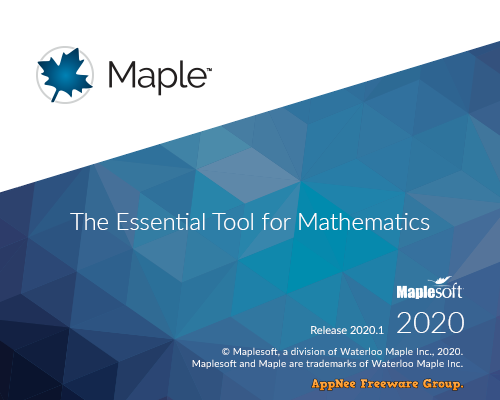
Loading...
Loading...
Loading...
Loading...
Loading...
Loading...
Loading...
Loading...
#5476
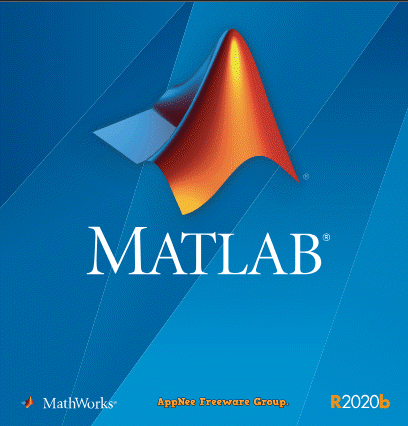
MATLAB (short for Matrix Laboratory), Mathematica and Maple are collectively known as the three major commercial mathematics programs. MATLAB was developed by MathWorks in 1984, its performance in numerical calculation is second to none among all mathematical technology applications. As an advanced technology computing language and interactive environment, it is mainly used for algorithm development, data visualization, data analysis, numerical calculation, etc.
Loading...
Loading...
Loading...
Loading...
Loading...
Loading...
#5458
Microsoft has been a world leader in the area of program development all the time. Visual Studio 6.0 is a very classic programming component (Integrated Development Environment) introduced by Microsoft in 1998. This is the last version to run on the Windows 9x platform, the last version to include Visual J++, the last program development component of Microsoft that does not support the .NET Framework (Microsoft started to fully support the object-oriented .NET Framework from the next release of Visual Studio - 7.0), also the next four versions' core environment that provides programmers with an integrated look-alike platform.
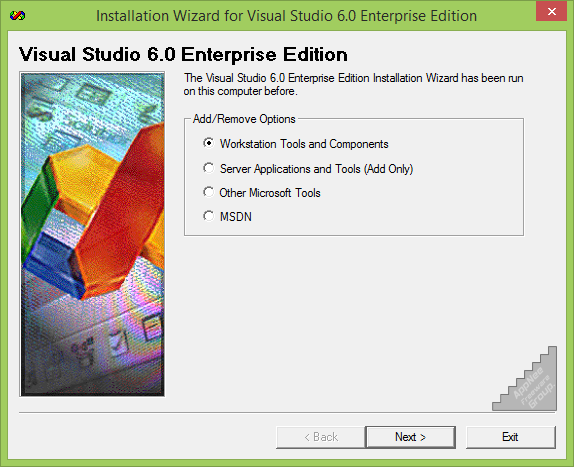
Loading...
Loading...
Loading...
Loading...
Loading...
Loading...
#5357
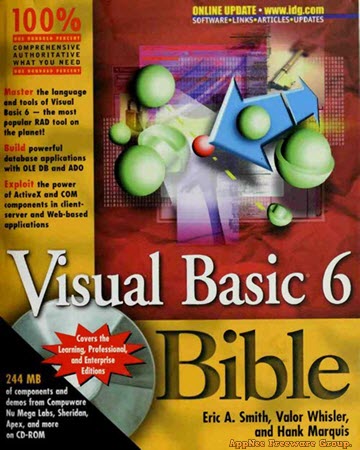
Visual Basic is a visual programming environment developed by Microsoft for Windows. Since its introduction in 1998, it has been popular with both professional programmers and programming enthusiasts thanks to its ease of use and practicality, and still has enduring popularity today. At the same time, as the third-generation event-driven programming language, Visual Basic can be said to be the programming language with the largest number of users in the world.
Loading...
Loading...
Loading...
#4817
BASIC (Beginner's All-purpose Symbolic Instruction Code) is one of the most popular and widely used programming languages in the history of computing technology. Of course, the only BASIC-based languages still in production today are probably the cross-platform PureBasic and the classic, famous Visual Basic developed by Microsoft.
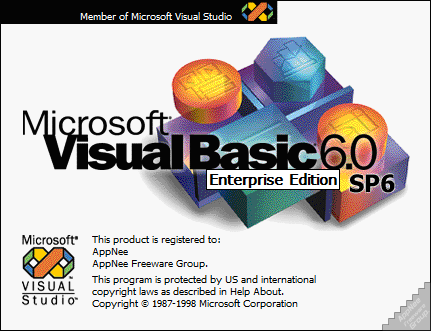
Loading...
Loading...
Loading...
Loading...
Loading...
Loading...
Loading...
#4784

PureBasic is a procedural computer programming language and cross-platform integrated development environment (IDE) for Windows, Mac and Linux (both 32-bit and 64-bit). It is written based on the established BASIC rules, developed by Frédéric Laboureur from France in 1998. Most importantly, the learning of PureBasic is very easy, that's why it has won so many beginners and highly qualified programmers.
Loading...
Loading...
Loading...
Loading...
#4783
Xojo is an unpopular but interesting integrated development environment for cross-platform applications. It can write native applications (that is, executable files in various formats that consist of instructions that can be executed directly by the CPU) with a graphical user interface for various operating systems and platforms (desktop, mobile, web and Raspberry Pi), as well as console applications, background service applications and web applications that do not have a graphical user interface.
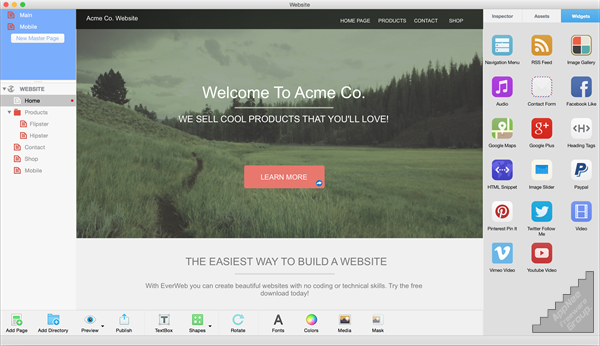
Loading...
Loading...
Loading...
Loading...
Loading...
Loading...
#4358
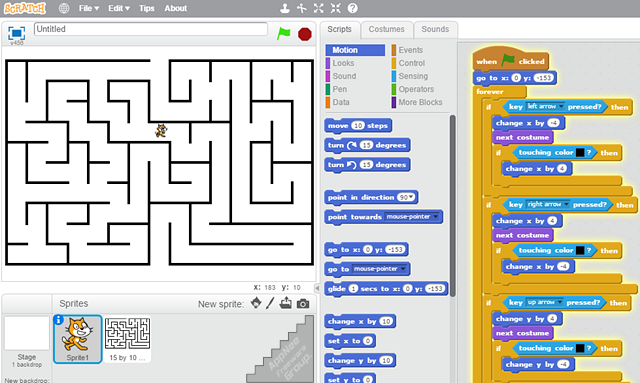
Scratch is a simple, interesting (very similar to children's games), free, open-source and cross-platform visual programming language/software. It's specially designed for worldwide children (8 to 16 years old) to use at home, school or after-school club, and developed by the Lifelong Kindergarten group at the MIT Media Lab using the Smalltalk programming language.
Loading...
Loading...
Loading...
Loading...
#3909
The assembly language is actually a strongly functional programming language, which can utilize all features of computer hardware and directly control them. As a machine language, corresponding to the high-level language compiler, assembly language also needs a assembler to compile its source code into executable machine code. As far as I know, there are at least two skills can not do anything without the basic knowledge of assembly language, they are reverse engineering (software cracking) and disk repair.
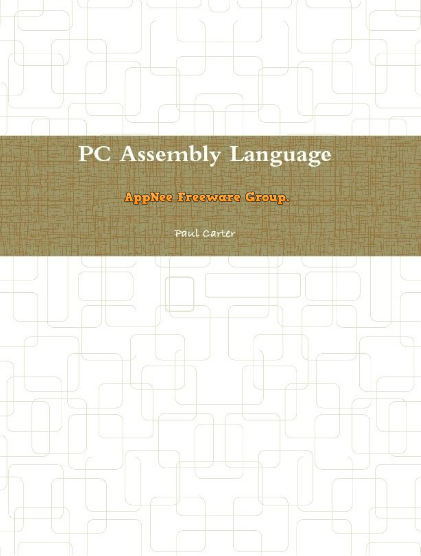
